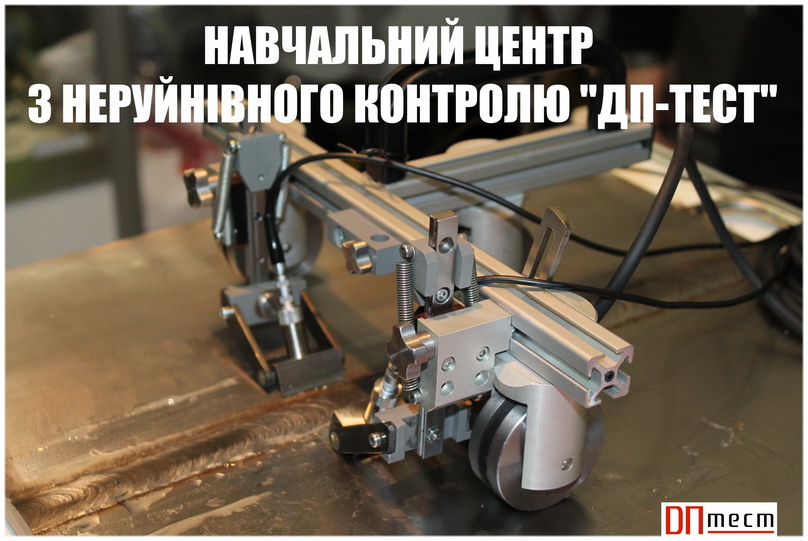The master's dissertation consists of an introduction, five chapters, a general conclusion, a list of references and appendices. The dissertation contains 77 pages of the main text, 23 illustrations, 34 tables and 25 references. The total volume of the work is 82 pages.
Relevance of the topic: Today, products made of composite and multilayer materials are widely used in various industries. For example, in aircraft construction, composite materials are increasingly used in critical aircraft design systems. Due to this, the requirements for quality control of such materials increase. Timely detection of defects helps to prevent the destruction of such parts, and hence material and even human losses. The most popular method for the control of products made of composite materials is an active TNC due to a number of significant advantages in these tasks. Thus, the issue of improving the methods of active TNCs, to improve the reliability of control and accuracy of defectometry, increase informativeness in conditions of high levels of interference and complex internal structure of the OK.
- Hits: 932








